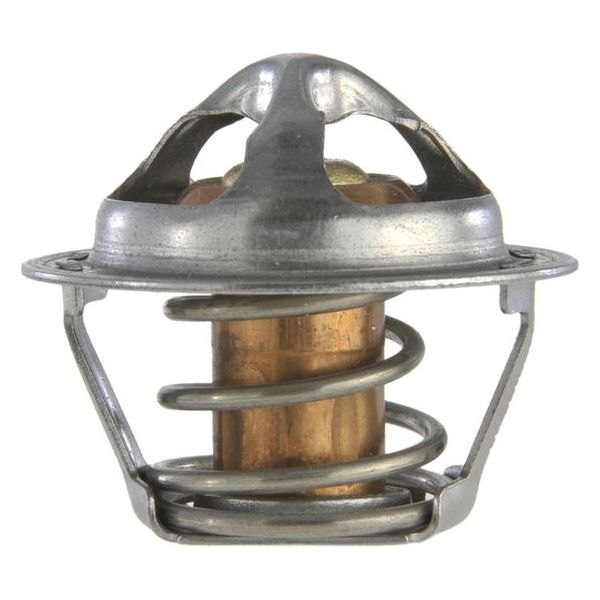


Our thermostats are specifically built to work with your Perkins engine and are designed to control the flow of the coolant. The role of the thermostat is to regulate the flow of coolant around the engine to keep it at that ideal temperature. The thermostat is essential to prevent an engine from overheating or overcooling so that it works as efficiently as possible at all times.Īll Perkins engines are designed to run at an optimum temperature for power output and for fuel economy. Fitting a non-genuine thermostat could potentially cause your Perkins engine to overheat and seize up, or for it to run at too low a temperature. Hot cooling water temperature (>80☌) = Cooling water sent to radiator.Thermostats are essential for regulating the flow of coolant around the engine. The temperature of the cooling water dictates how much the thermostat opens or closes, and if cooling water is sent to the radiator, or, bypasses the radiator this is effectively a feedback loop. The thermostat has a proportional response design. The temperature of the engine thus controls the movement of the rod and consequently the amount of cooling water sent to the radiator, or bypassing the radiator. The rod pushes the by-pass valve closed whilst at the same time opening the main valve. A rod inserted into the charge cylinder is pushed outwards linearly as there is now no longer space for the rod within the charge cylinder. The wax changes state from solid to liquid at approximately 80☌ in most engine cooling water systems.Īfter the change of state within the charge cylinder, the liquid wax occupies more space than when it was in a solid state.
#COOLANT ENGINE FLOW THERMOSTAT FULL#
The charge cylinder is full of wax with a pre-defined melting point (the point at which the wax changes from solid to liquid). The thermostat consists of a primary valve, secondary valve (by-pass valve), seal, springs and charge cylinder. The below video is an extract from our Internal Combustion Engine Basics Online Video Course. It should be ensured that the air bleed is rotated to the highest position possible when the thermostat is installed as this is where the air will gather. The air bleed is used to remove air ( bleed air) from the cooling water system. The secondary spring allows the rod to retract to a defined point, after which the spring's residual stress prevents the rod retracting further. The seat where the seal sits must be clean in order for the seal to function correctly.Ī spring returns the main valve to the closed position once the cooling water temperature decreases below a certain point.Īs the cooling water system temperature decreases, the charge cylinder wax changes state and a rod contracts into the charge cylinder. when the engine is cold, the wax is in a solid state and the radiator by-pass valve is open.Ī seal is used to prevent any unwanted flow past the thermostat main valve. When the cooling water temperature is lower i.e. Melting of the wax causes the by-pass valve to close and the main valve to open this causes cooling water to be directed towards the radiator. The charge cylinder is full of wax which begins to melt (change from solid to liquid state) as the engine cooling water temperature increases. The engine would quickly overheat if cooling water was not diverted to the radiator for cooling. As the engine cooling water temperature increases, the by-pass valve begins to close and cooling water is directed towards the radiator. When the by-pass valve is open, cooling water by-passes the engine radiator and circulates within a closed circuit. As the cooling water temperature increases, the valve gradually opens and discharges more cooling water to the radiator, where it is cooled.Įnjoying this article? Then be sure to check out our Engineering Video Courses! Each course has a quiz, handbook, and you will receive a certificate when you finish the course. Enjoy! The main valve controls the flow of engine cooling water to the radiator. Thermostats are installed on many water cooled internal combustion (IC) engines, both four strokes and two strokes. The thermostat allows the engine to heat-up quickly when cold and maintain a desired temperature once the desired temperature has been reached. Thermostats regulate the temperature of the engine cooling water ( jacket water) when the engine is in operation.


 0 kommentar(er)
0 kommentar(er)
